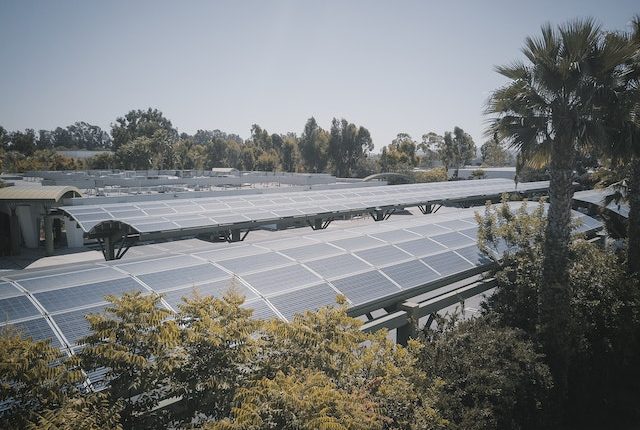The Bright Future of Organic Solar Cells (OSCs): Breaking Down Efficiency Barriers
Organic Solar Cells (OSCs)
In our quest for sustainable energy solutions, Organic Solar Cells (OSCs) represent a promising development in solar cell technology. With their unique advantages over traditional silicon solar cells and potential to enhance solar power generation, OSCs have captured the attention of researchers and engineers globally.

Unpacking the Technology of OSCs
At the core of OSCs is a photoactive layer made of organic semiconductor materials, typically comprising a donor and an acceptor molecule. When a photon from a light source, like the sun, strikes these materials, an electron gets excited and jumps from the donor to the acceptor, creating an electron-hole pair. This pair is then separated at the heterojunction, allowing the creation of an electric current.

These organic photovoltaic cells, also known as OSCs, have made strides in renewable energy due to their potential for high power conversion efficiency (PCE), lightweight, and flexibility.
Advancements in OSC Efficiency
Recent advances in OSC research have led to significant improvements in power conversion efficiencies (PCEs), with some OSCs achieving levels comparable to inorganic solar cells. A major factor in these advancements is the development of non-fullerene acceptors, which have shown great potential in boosting the external quantum efficiency of OSCs.
In addition, extensive research is ongoing to develop new organic materials with suitable energy levels and high absorption capabilities to increase OSC efficiency further. Ternary organic and all-small-molecule organic solar cells are also being investigated, which promise even higher efficiency and stability.
Advantages and Applications of OSCs
Compared to traditional silicon solar cells, OSCs have many advantages. They are more flexible, lightweight, and potentially cheaper to fabricate. Their flexibility opens up opportunities for applications in wearable devices, portable electronics, and building-integrated photovoltaics.
However, for OSCs to make significant inroads into real-world applications, their efficiencies must increase, and their lifetimes must extend. Improved stability under various environmental conditions is also necessary. The research community is addressing these issues, with a focus on developing efficient and stable organic solar cells suitable for practical applications.
Looking Ahead: The Future of OSCs
The future of OSCs looks bright. Efforts to enhance the efficiency of solar cells made from organic materials are making considerable progress, making them increasingly competitive with silicon-based technologies. Furthermore, the potential for OSCs to be fabricated using roll-to-roll printing techniques could significantly reduce production costs, making solar energy even more accessible.
Despite the challenges, the promise of OSCs is undeniable. As the field of organic solar cell research continues to innovate, the day when OSCs become a commonplace technology in our daily lives is drawing closer. By harnessing the power of the sun through OSCs, we are another step closer to a sustainable energy future.




Comments are closed.